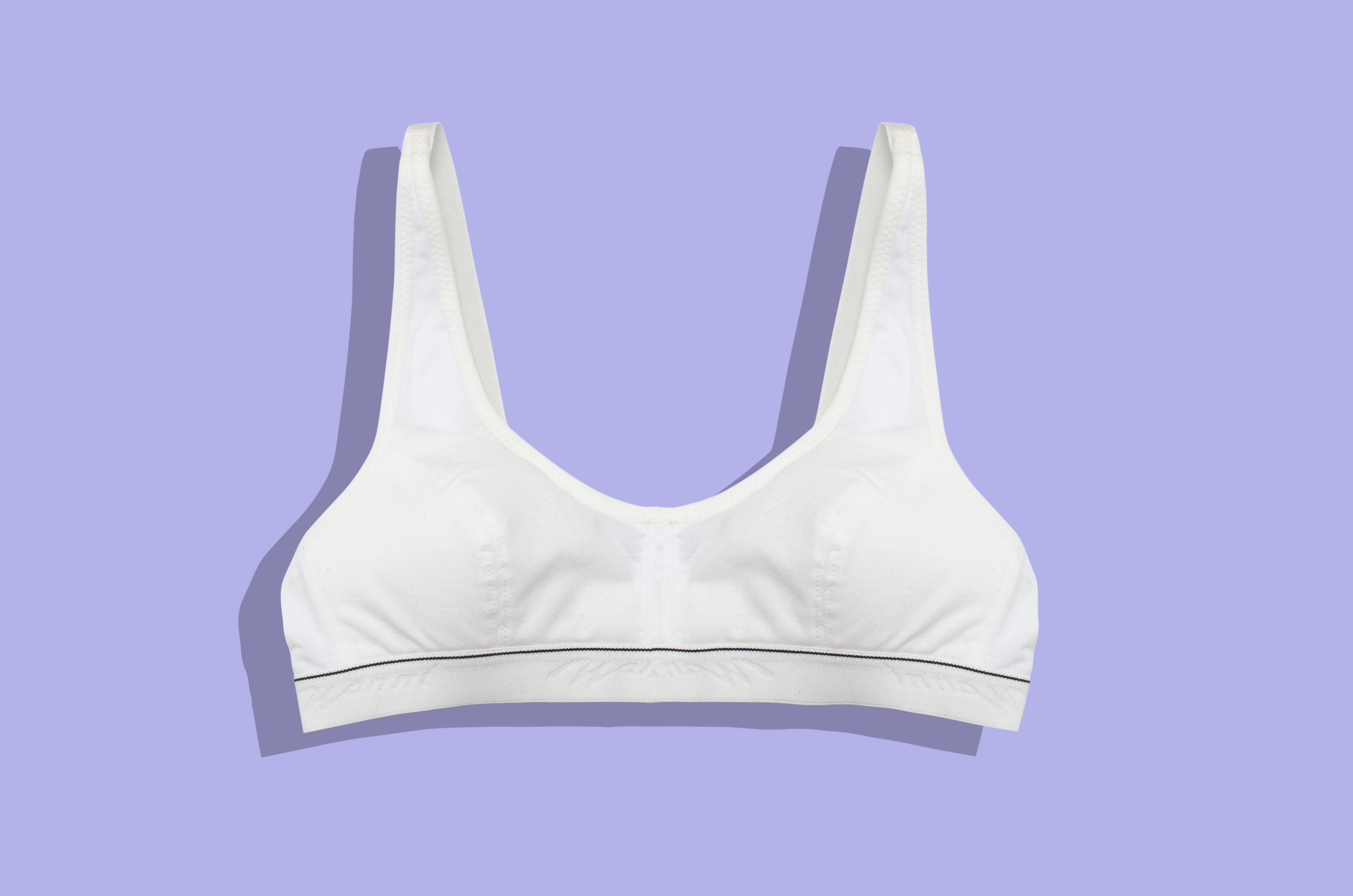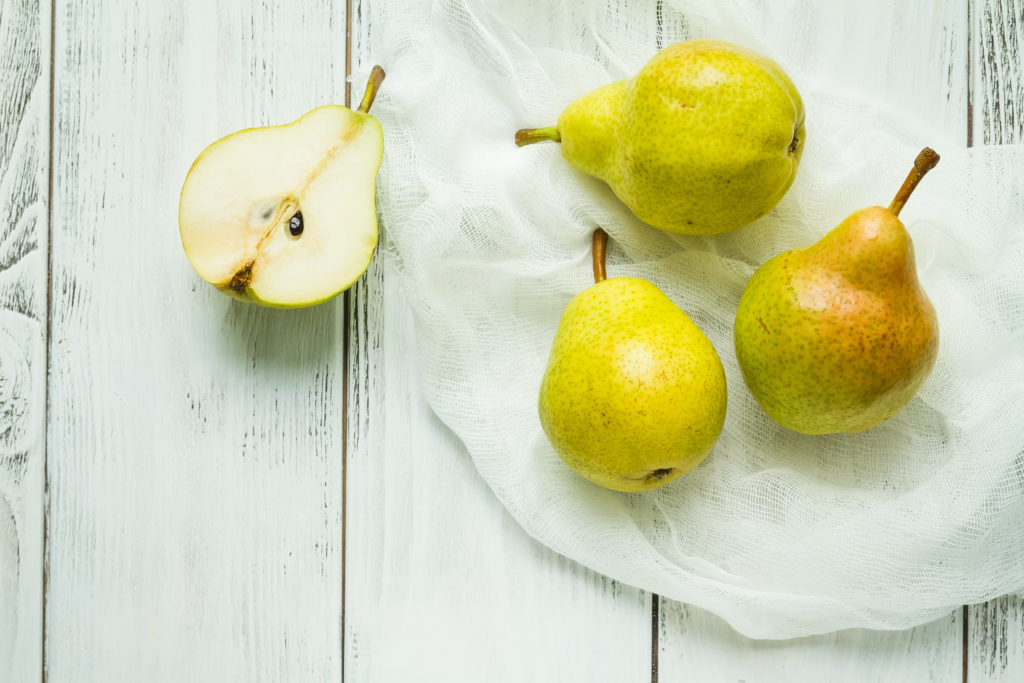Bras are important. We wear them every day and take them for granted. And if you love a good sports bra, you probably keep it for years, thinking you’re being frugal and savvy. But the truth is, you should never keep a sports bra past the one-year mark. Skeptical? Here are four reasons why it’s okay to replace your sports bra after one year.
According to Heather Cvitkovic, from fitness apparel brand, Brooks Running Company, “Your bra should never celebrate a birthday. A sports bra needs to be replaced every six to 12 months.”
So, if you work out regularly, it’s probably a good idea to replace your sports bra every six months. If you’re not hitting the gym as frequently, getting a new sports bra every 12 months is probably your best bet.
But why do sports bras get such a short life?
Stretching
Sports bras have to withstand a lot of motion and that makes them stretch. After a while, they just don’t hold up the way they used to. If you stretch your bra and you don’t feel any resistance, it’s a good indication you need to replace it.
Sweat
Working up a sweat is great for your body, but bad for your bra. That’s because it can break down the fabric and make it less durable over time.
Sagging boobs
With a loose-fitting sports bra, you run the risk of have “motion-related sagging”, according to LaJean Lawson, exercise and science researcher at Oregon Sate University.
Destroyed Lycra
After a solid workout, you probably toss your sports bra in the washer and dryer, but the hot dryer air can destroy Lycra, breaking down the material much more quickly.




